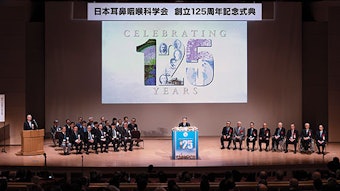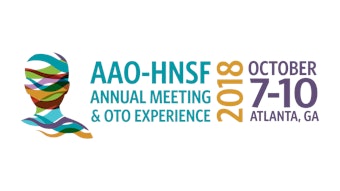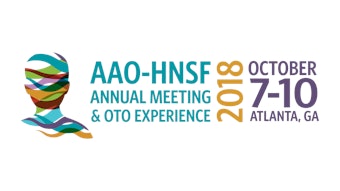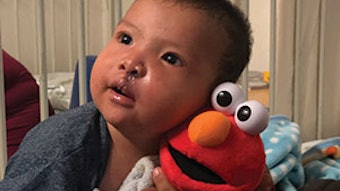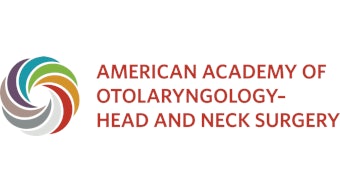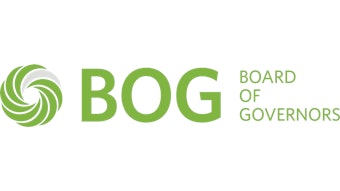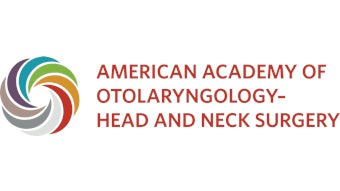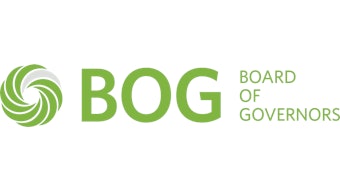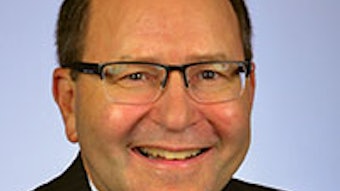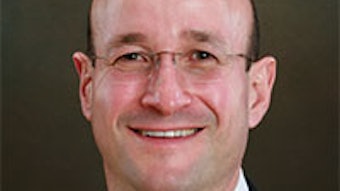OTOSource and COCLIA: Exciting updates for otolaryngology education
Richard V. Smith, MD, AAO-HNSF Coordinator for Education, spoke with Sonya Malekzadeh, MD, OTOSource Task Force Chair, and project lead for the newly updated COCLIA, about the Academy’s newest updates for otolaryngology education.
Richard V. Smith, MD, AAO-HNSF Coordinator for Education, spoke with Sonya Malekzadeh, MD, OTOSource Task Force Chair, and project lead for the newly updated COCLIA, about the Academy’s newest updates for otolaryngology education.
 Richard V. Smith, MD
Richard V. Smith, MD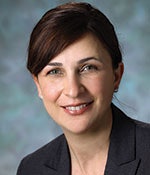 Sonya Malekzadeh, MD
Sonya Malekzadeh, MDDr. Smith: What was the development process for OTOSource?
Dr. Malekzadeh: OTOSource was developed by the Comprehensive Curriculum Task Force and Work Group, comprised of representatives from all otolaryngology subspecialty societies. The enormous amount of collaboration, dedication, and leadership among the Foundation, authors, Task Force and Work Group, and the subspecialty societies is a huge credit to our specialty. This curriculum would not be possible without the contributions of many experts in the field.
Dr. Smith: Who is OTOSource designed for?
Dr. Malekzadeh: Because of the comprehensive nature of the site, OTOSource is an excellent tool for anyone working in or around otolaryngology. It can provide practicing physicians, residents, medical students, and non-physician clinicians with teaching tools to assist with board certification, recertification, and lifelong learning.
Dr. Smith: Talk a little bit about the site itself. The content is broken up into 11 units. What are in these units?
Dr. Malekzadeh: The 11 units represent each of the subspecialties of otolaryngology and some other common areas. Units are further divided into modules, with each module containing topics that present vital concepts, broken down into learning objectives, references, and review questions. At the end of each module, external activity links are provided to direct learners to education courses relevant to the module. In addition, there is a “surgical videos” section of the website that contains open source otolaryngology surgical videos.
American Academy of Otolaryngology-Head and Neck Surgery Foundation (AAO-HNSF)
American Academy of Facial Plastic and Reconstructive Surgery (AAFPRS)
American Academy of Otolaryngic Allergy (AAOA)
American Board of Otolaryngology (ABOto)
American Broncho-Esophagological Association (ABEA)
American Head & Neck Society (AHNS)
American Laryngological Association (ALA)
American Neurotology Society (ANS)
American Otological Society (AOS)
American Rhinologic Society (ARS)
American Society of Geriatric
Otolaryngology (ASGO)
American Society of Pediatric Otolaryngology (ASPO)
Association of Academic Departments of Otolaryngology (AADO)
Otolaryngology Program Directors Organization (OPDO)
Society of University Otolaryngologists (SUO)
Dr. Smith: Is there a fee to access OTOSource?
Dr. Malekzadeh: Access to the OTOSource modules and surgical videos is completely free; however, the linked content to external sources through the otolaryngology specialty societies and to AcademyU® (e.g., journal articles, education activities, resources, videos, etc.) may have costs associated with them.
Dr. Smith: OTOSource can be accessed at www.otosource.org. Is what we see there now the final otolaryngology curriculum?
Dr. Malekzadeh: No. While many modules are complete and available for use, other modules remain under development. When they become available, they will be added to the website. We will also continue to monitor the topics to find knowledge gaps and fill them using our Comprehensive Curriculum Work Group experts. Finally, as new education activities are created, we will link them to the corresponding modules. OTOSource will serve as a living curriculum, constantly edited and updated, in continued collaboration with the specialty societies.
Dr. Smith: Let’s move on to COCLIA. What can you tell me about the project?
Dr. Malekzadeh: I developed the Comprehensive Otolaryngologic Curriculum Learning through Interactive Approach (COCLIA) nearly 20 years ago in response to the need for a resident teaching tool. COCLIA is an interactive program that helps residents gain otolaryngology-head and neck surgery knowledge in a systematic approach using adult-learning principles. COCLIA provides a broad range of discussion questions for every learner level and covers over 100 major otolaryngology topics. With the help of Christine E. DeMason, MD, the scope was expanded to include new questions, updated references, and greater clinical depth and enhanced learning with images.
Dr. Smith: As a residency program director, how do you implement COCLIA with your residents?
Dr. Malekzadeh: We use COCLIA as an education tool to facilitate learning. Residents are responsible for researching answers to assigned questions and sharing the information with their colleagues. Learning can and should be fun! I encourage them to make it enjoyable, meet over coffee, and do it in a relaxed setting whenever possible. Residents are instructed to save the weekly conference handouts. By the end of the two-year program, residents will have a binder (online or print) equipped with pertinent information and discussion notes on the major topics in otolaryngology.
Dr. Smith: Where can residency training program directors and residents go to access COCLIA? Is there a cost?
Dr. Malekzadeh: COCLIA can be accessed for free at www.coclia.org. One of the best things about the new update is the accessibility. You can view the topics and questions conveniently online on your computer or mobile devices. There is also an option to download the questions, and it can be used by groups through online cloud sharing tools.

